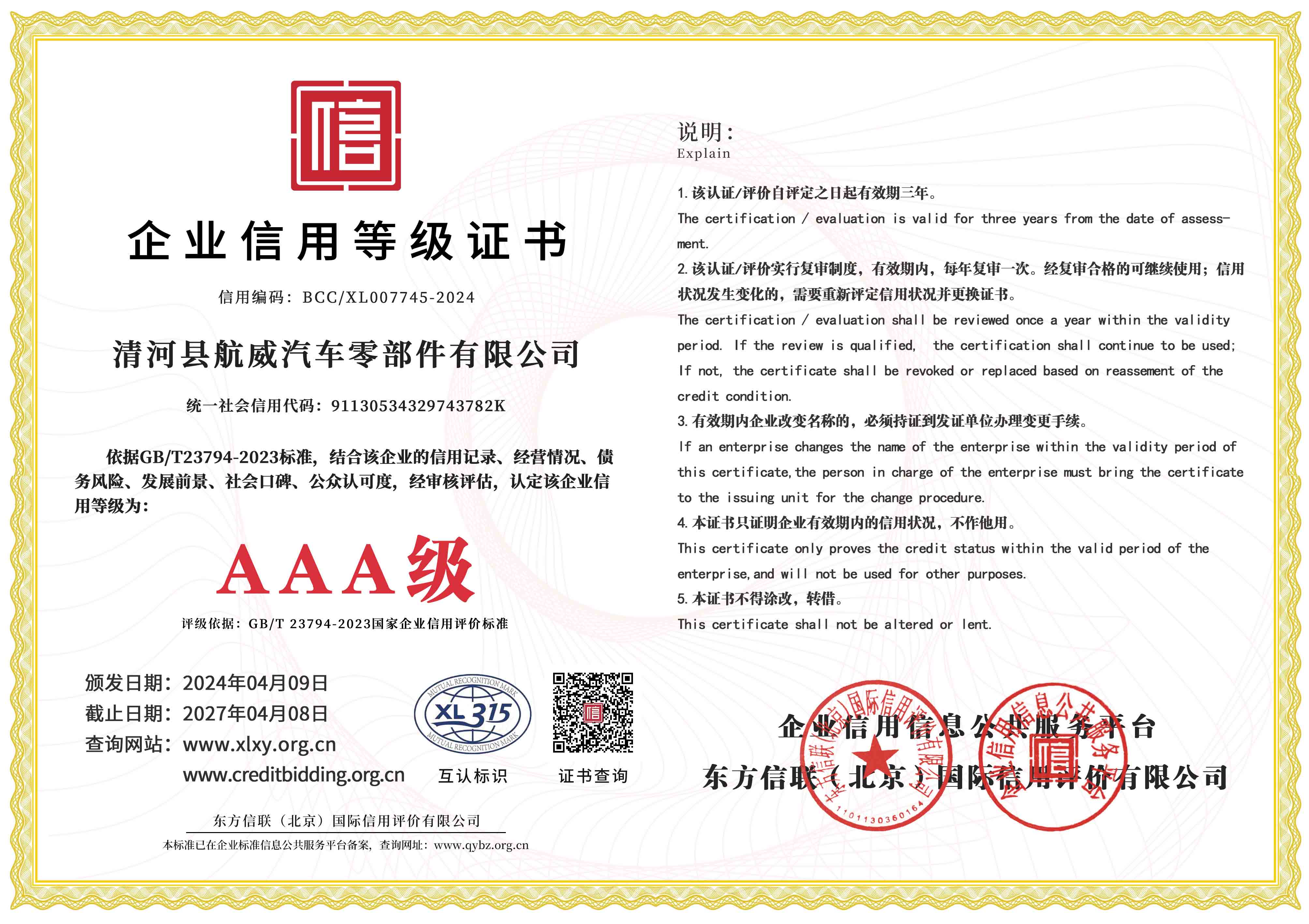Throttle Control Mechanism for Enhanced Engine Performance and Efficiency
The Throttle Rod A Crucial Component of Engine Performance
In the intricate world of automotive engineering, every component plays a vital role in the overall performance of a vehicle. Among these components, the throttle rod stands out as an essential part of the engine's responsiveness and efficiency. Understanding the function and significance of the throttle rod is crucial for anyone interested in automotive technology or performance optimization.
The throttle rod is fundamentally a mechanical linkage that connects the accelerator pedal to the throttle valve in the engine's intake system. When a driver presses down on the accelerator pedal, they are essentially signaling the throttle rod to move. This movement then opens the throttle valve, allowing more air (and fuel) to enter the engine, leading to increased power and acceleration. The mechanics may seem simple, but the throttle rod's efficiency directly affects how well a vehicle performs.
One of the primary materials used in the construction of throttle rods is metal, often aluminum or steel, due to their strength and durability. The design of the throttle rod can vary significantly depending on the vehicle's make and model. In older vehicles, the throttle rod is typically a straightforward mechanical linkage, whereas modern vehicles often incorporate complex systems that may include electronic throttle control (ETC). In ETC systems, the conventional throttle rod is replaced with sensors and electronic actuators that provide even more precise control over engine parameters.
The advantages of using electronic throttle control are numerous. For one, ETC systems allow for more refined adjustments based on factors such as vehicle speed, engine load, and even traction control. This adaptability leads to an improved driving experience, with smoother acceleration and better fuel efficiency. However, this advancement also emphasizes the importance of the throttle rod in traditional systems, where mechanical reliability directly correlates with performance.
Proper maintenance of the throttle rod and its associated components is critical for ensuring the longevity and efficiency of a vehicle. Over time, the throttle rod can suffer from wear and tear, leading to reduced responsiveness or even complete failure. Issues such as corrosion, misalignment, or damaged components can hinder the throttle rod's performance, impacting how the vehicle accelerates and responds to driver inputs.
throttle rod

Regular inspections can help identify problems early on. Mechanics often recommend checking the throttle rod's alignment and condition during routine maintenance. If any signs of wear are noticed, it is prudent to address them promptly to avoid more significant issues down the line.
In addition to routine maintenance, many car enthusiasts and performance-oriented drivers often seek to upgrade their throttle rods or linkage systems. High-performance throttle rods can enhance the responsiveness of the vehicle, providing a more engaging driving experience. These upgrades often involve using lighter materials or improved engineering designs that reduce friction and increase precision.
The throttle rod's importance extends beyond mere acceleration; it also plays a crucial role in fuel efficiency and emissions control. By ensuring that the throttle valve opens and closes precisely according to the driver's input, the throttle rod helps optimize the air-fuel mixture entering the engine. This optimization not only improves performance but also reduces harmful emissions, adhering to stricter environmental regulations.
The advancements in throttle rod technologies and the shift towards electronic controls mark an exciting era in automotive engineering. Yet, traditional throttle rods remain vital for understanding the fundamentals of engine operation and performance. Whether dealing with a classic car or a modern vehicle, appreciating the throttle rod's role underscores the intricate connections between different automotive systems.
In conclusion, the throttle rod may be a small component in the grand schema of automotive engineering, but its impact is significant. Whether through traditional mechanical systems or modern electronic controls, the throttle rod dictates how power is delivered from the engine to the wheels. As automotive technologies continue to evolve, staying informed about such crucial components will empower vehicle owners and enthusiasts to make better decisions regarding maintenance and performance upgrades.
-
Workings of Clutch Pipe and Hose SystemsNewsJun.04,2025
-
The Inner Workings of Hand Brake Cable SystemsNewsJun.04,2025
-
The Secrets of Throttle and Accelerator CablesNewsJun.04,2025
-
The Hidden Lifeline of Your Transmission Gear Shift CablesNewsJun.04,2025
-
Demystifying Gear Cables and Shift LinkagesNewsJun.04,2025
-
Decoding Clutch Line Systems A Comprehensive GuideNewsJun.04,2025
